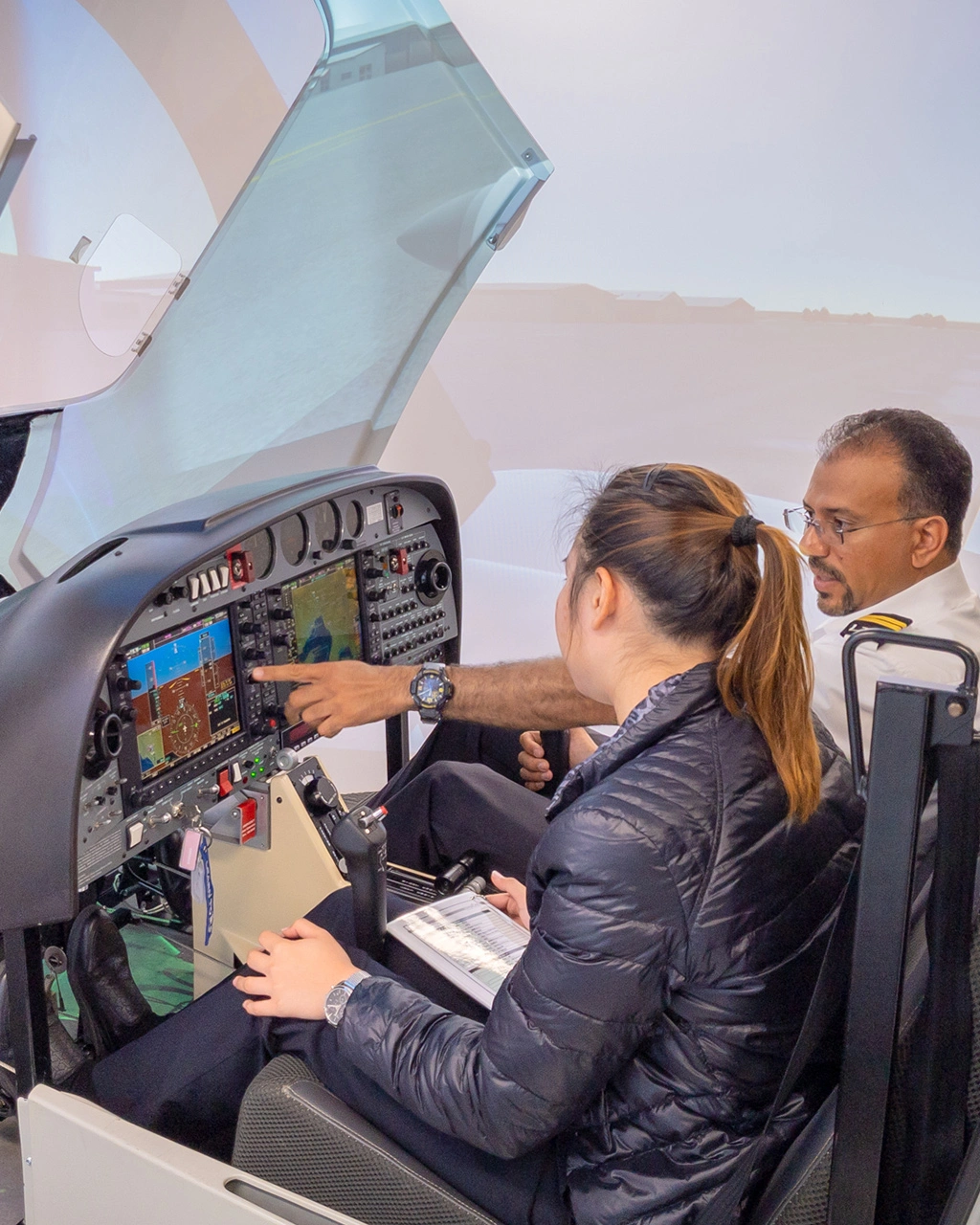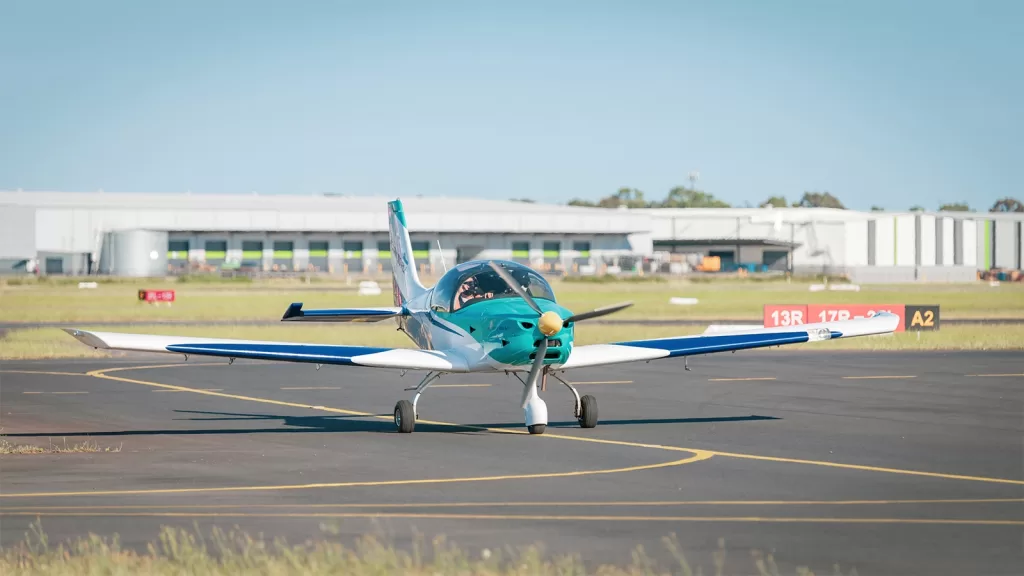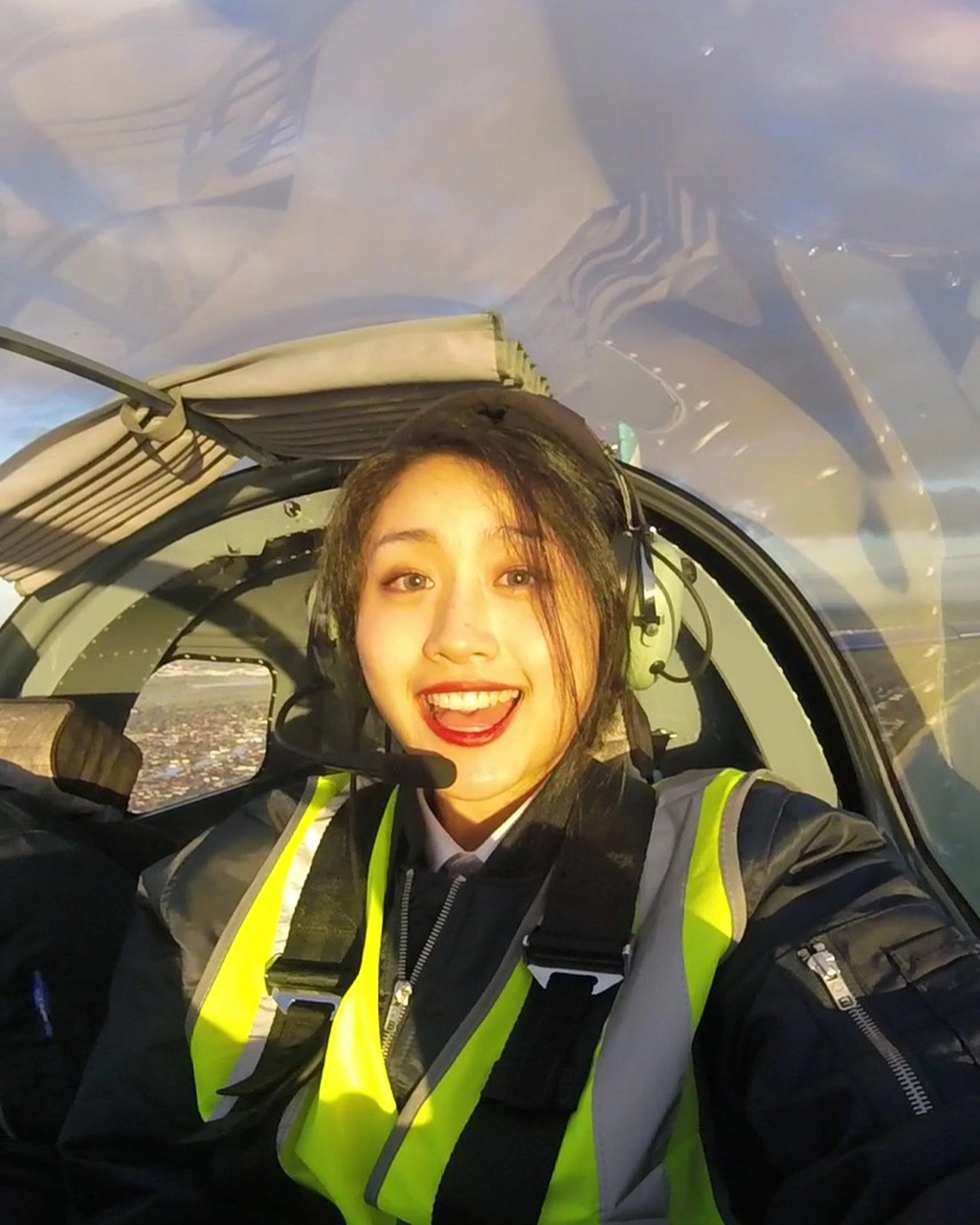Our highly successful Airline Interview Coaching Session is now available as an online airline interview preparation course!
At Learn To Fly we are committed to innovating our aviation training model so that student pilots and airline pilot hopefuls can continue to learn. We recently introduced online distance learning for our RPL and PPL theory courses, and we are now excited to launch an online Airline Interview Preparation course together with ACS – Aviation Consulting Services.
ACS – Aviation Consulting Services has been developing and consistently providing quality pilot candidates for a range of operators and airlines globally for over 5 years. The Airline Interview Coaching Session itself has helped candidates to achieve success in their applications to more than 10 major airlines worldwide, at both cadet and direct entry levels.
Are Airlines Still Recruiting Pilots?
During recent months we have seen unprecedented impacts on the aviation and airline industry due to the COVID-19 pandemic. Global airline traffic is nearly at a standstill, but that doesn’t mean that airlines aren’t thinking about their future recruitment.
Some major airlines are still actively recruiting cadet pilots. It is highly likely that the current hibernation period will make the applicant talent pool even more competitive once recruitment resumes for any airlines that are not currently recruiting. Those who use this down time to prepare will be far better placed than those who don’t.
Preparation will always be the single most important factor in giving yourself the best chance of success in airline interview processes. Our online airline interview preparation course gives you access to this crucial preparation knowledge from wherever you are in the world.
How Does the Online Airline Interview Preparation Course Work?
Thanks to advances in technology and software, we are now able to create a truly interactive online classroom environment. Your location no longer prevents you from participating in courses that before you could only attend in person.
This Online Airline Interview Preparation Course uses the same syllabus as our standard Airline Interview Coaching Session. The content has been refined to suit delivery using Zoom online meeting software.
The course contains 5 modules, each of which will run for approximately 90 minutes. We will present each module live in an interactive online classroom across 2 days. The presenter for each session is airline interview specialist and international airline Captain Darren McPherson from ACS – Aviation Consulting Services.
Darren is also available to provide further feedback and interaction with all participants following the course.

Course Outline
The following modules make up the online Airline Interview Preparation course:
Module 1 – The Interview Process
The interview process varies in both format and content for different airlines and operators. This module assists in providing a practical insight into the processes for a range of airlines. Participants also develop a study pathway to assist in structured and ongoing preparation further down the track.
We tailor this module to target the interview process for the specific airlines that course participants will be applying to.
Module 2 – The HR Interview
The HR interview is an important step for most airlines and operators. This also forms a crucial part of the online Airline Interview Preparation course. In this module we examine the human factors that can impact you during this part of the interview process.
We explore the content of the HR interview, and look at interview scenarios and styles for a range of different airlines. This allows you to develop your response methods in order to create the best outcome.
In developing methods for response, we conduct practical planning activities. These teach you how to best respond to airline HR questions using your own strengths and your past work and study experiences. The aim of this module is to help each participant to unlock the ways in which they can showcase their best and most relevant qualities.
Module 3 – Typical Review Questions
Whilst airlines differ in their approach and interview process, there are a number of key themes and areas that are common to all operators. Whilst some of the knowledge areas may seem obvious, the best way to answer these common questions themselves may not be.
In this module we look at those common themes and questions with consideration to the content covered in modules 1 and 2. We will work through each activity in a practical group style format. This way, participants are able to explore their own responses and also develop them further by learning from each other.
Module 4 – Group Skills & Exercises
Airlines place a large emphasis on your ability to work in a team environment. That means that group skills and exercises are an important component of the application process for many.
In this module we discuss the human factors involved in group dynamics, and look at teamwork. We also work through a number of practical team exercises, similar to those you will experience during the interview process.
Finally, we analyse the results of the group exercises. We then conduct an open discussion on how personality factors contribute to the overall outcome.
Module 5 – Technical Knowledge
Even for cadet entry positions, airlines expect that applicants have a level of technical aviation knowledge. During this module in the online Airline Interview Preparation course, we review crucial technical knowledge subject areas.
We take into consideration the differences in what level of knowledge different airlines tend to expect. We also discuss the expected knowledge levels relevant to each individual’s own previous flying and aviation theory experience.
The discussion in this module provides each applicant with an insight into their current knowledge. It also then allows them to plan for further preparation and study if required.
Advanced Training & Further Online Airline Interview Preparation Modules
The Online Airline Interview Preparation course is a standalone 2 day program. However, Learn To Fly and ACS – Aviation Consulting Services have developed a range of individual online modules for more advanced training. For further information or to register your interest in these modules, email hello@learntofly.com.au or visit https://drift.me/learntofly/meeting to book a meeting and school tour.































